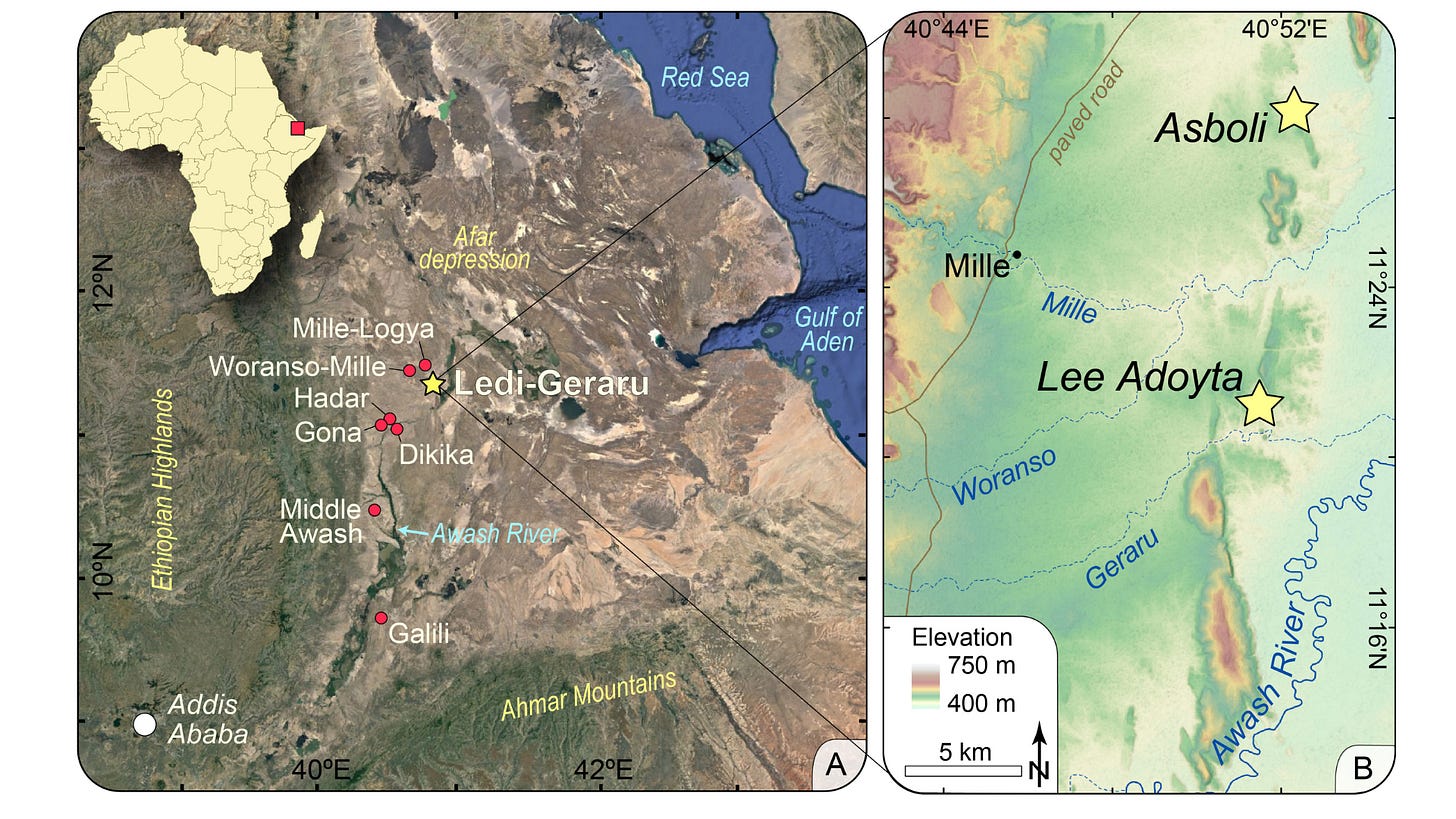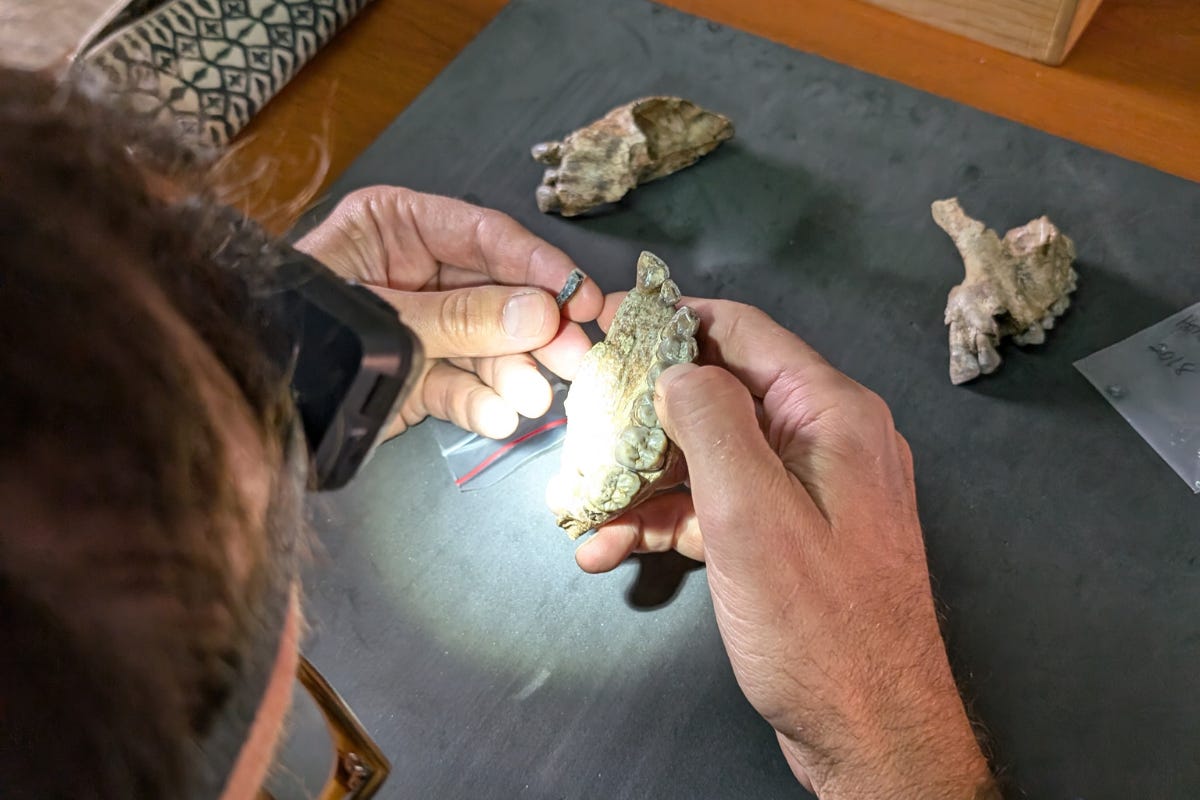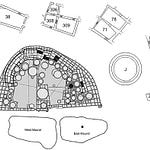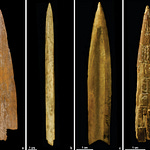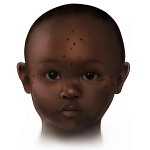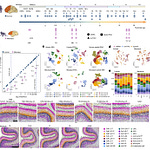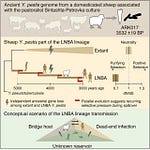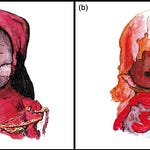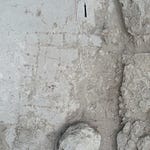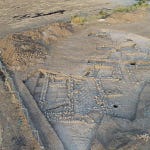The badlands of Ethiopia’s Afar region are a place where deep time lies close to the surface. Here, in a landscape scarred by faults and volcanic ash, a team from the Ledi-Geraru Research Project has recovered fossils1 that place two early human relatives—one belonging to the genus Homo and another to a previously unknown species of Australopithecus—side by side, between 2.6 and 2.8 million years ago.
It is a period when rivers meandered through grasslands, shallow lakes filled and receded, and volcanoes periodically blanketed the terrain in ash. That ash would become the clock by which these fossils could be dated.
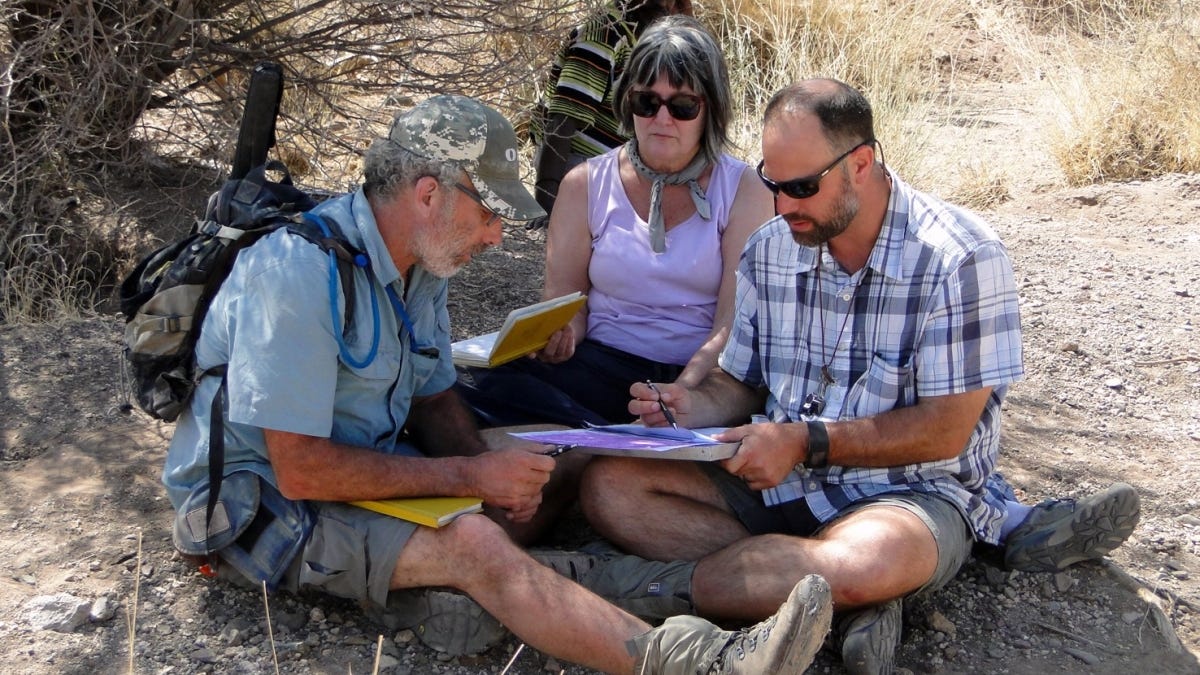
“Human evolution is not linear — it's a bushy tree; there are life forms that go extinct,” said Kaye Reed, paleoecologist at Arizona State University and co-director of the project.
Fossils in the Ash
The discovery consists of 13 teeth—each small, but packed with information. By comparing their shapes and sizes, the team concluded that some belonged to early Homo, while others fit no known species of Australopithecus. Notably absent were any fossils of Australopithecus afarensis, the species of the famous “Lucy,” supporting the idea that her kind had already disappeared by 2.95 million years ago.’’
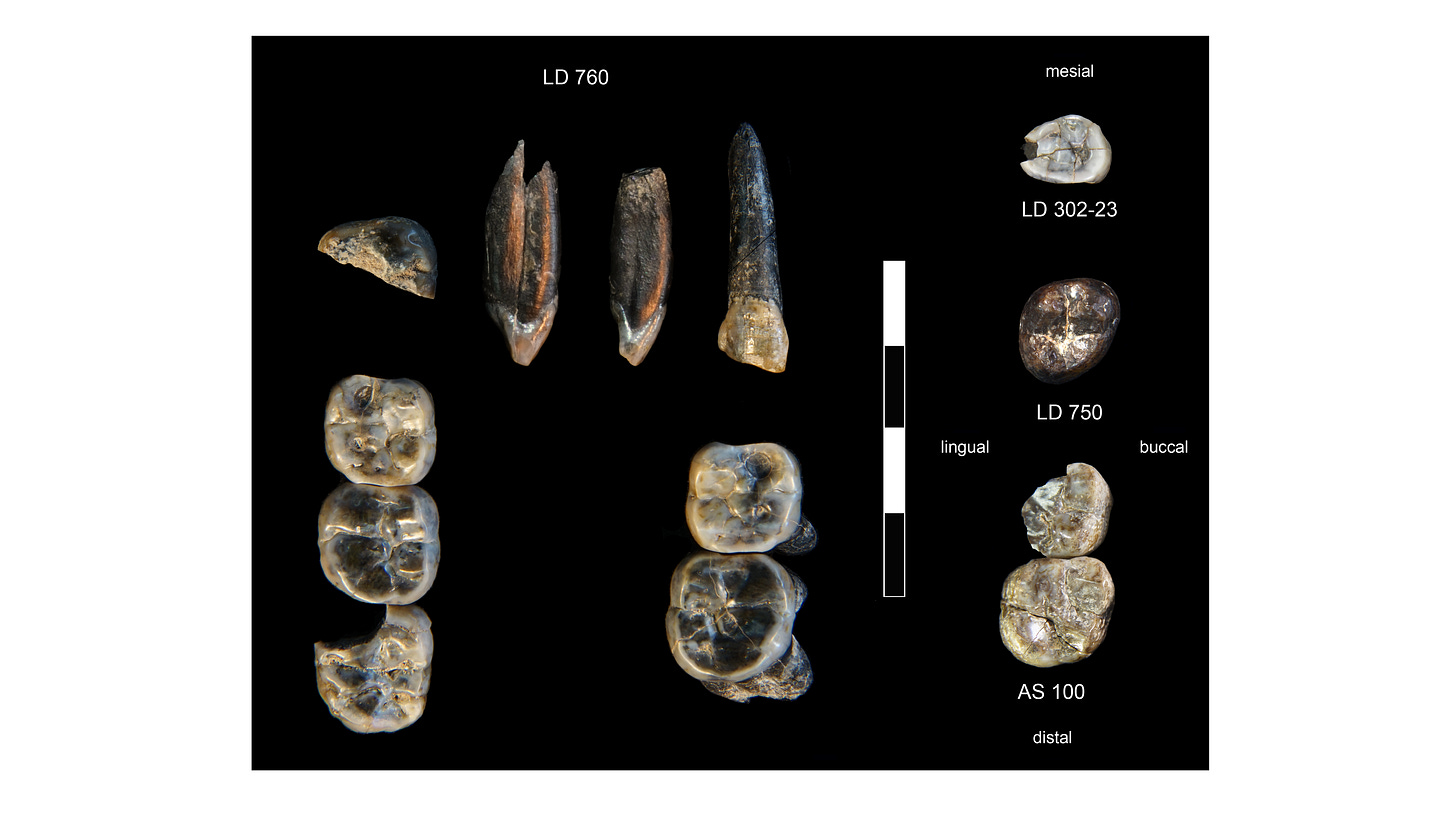
This same site yielded the oldest known Homo jaw in 2013, also dated to 2.8 million years ago. The teeth strengthen the case that our genus had already emerged by this time, living alongside other hominins.
“The new finds of Homo teeth from 2.6–2.8 million years ago confirm the antiquity of our lineage,” said Brian Villmoare, the study’s lead author.
Dating the Ancient Landscape
In Afar, the dating method is as much geological as it is archaeological. Volcanic eruptions scattered ash layers rich in feldspar crystals. By measuring isotopes in these crystals, scientists can pinpoint when the eruptions occurred, then bracket the fossils between layers above and below.
“We know that these fossils are interbed between those eruptions, so we can date units above and below the fossils,” explained Christopher Campisano, a geologist on the team.
This precise dating is critical, not only for placing the fossils in time but also for reconstructing the environment in which these hominins lived—a mosaic of wetlands, riverbanks, and open grasslands.
Parallel Lives
If early Homo and this new Australopithecus species shared the same landscape, questions follow. Did they compete for food or shelter? Did they interact? Was one more adaptable than the other, and did that difference determine which lineage endured?
To begin answering these questions, the team is analyzing the enamel of the teeth to reconstruct diet. Were they both eating tough, fibrous vegetation, or did one species favor meat or softer plant foods?
The answers may illuminate how multiple hominin species could coexist—a pattern repeated later with Homo sapiens and Neanderthals.
The Search Continues
No species name has yet been proposed for the new Australopithecus; teeth alone are not enough. More fossils will be needed—especially skulls or limb bones—to reveal how this species moved, fed, and perhaps thought.
“More fossils will help us tell the story of what happened to our ancestors a long time ago,” Reed said.
For now, the Ledi-Geraru finds remind us that the path to modern humans was never a straight line. It was a braided stream of lives and lineages, some of which merged into our story, and others that vanished, leaving only traces in the dust.
Related Research
Haile-Selassie, Y., Melillo, S. M., & Su, D. F. (2016). Two new early Australopithecus afarensis fossils from the Dikika Research Area, Ethiopia. Journal of Human Evolution, 99, 1–17. https://doi.org/10.1016/j.jhevol.2016.06.006
Villmoare, B., Kimbel, W. H., Seyoum, C., Campisano, C. J., DiMaggio, E. N., Rowan, J., ... & Reed, K. E. (2015). Early Homo at 2.8 Ma from Ledi-Geraru, Afar, Ethiopia. Science, 347(6228), 1352–1355. https://doi.org/10.1126/science.aaa1343
Antón, S. C., Potts, R., & Aiello, L. C. (2014). Evolution of early Homo: An integrated biological perspective. Science, 345(6192), 1236828. https://doi.org/10.1126/science.1236828
Villmoare, B., Delezene, L. K., Rector, A. L., DiMaggio, E. N., Campisano, C. J., Feary, D. A., Ali, B. M., Chupik, D., Deino, A. L., Garello, D. I., Hayidara, M. A., Locke, E. M., Omar, O. A., Robinson, J. R., Scott, E., Smail, I. E., Geleta Terefe, K., Werdelin, L., Kimbel, W. H., … Reed, K. E. (2025). New discoveries of Australopithecus and Homo from Ledi-geraru, Ethiopia. Nature, 1–7. https://doi.org/10.1038/s41586-025-09390-4


